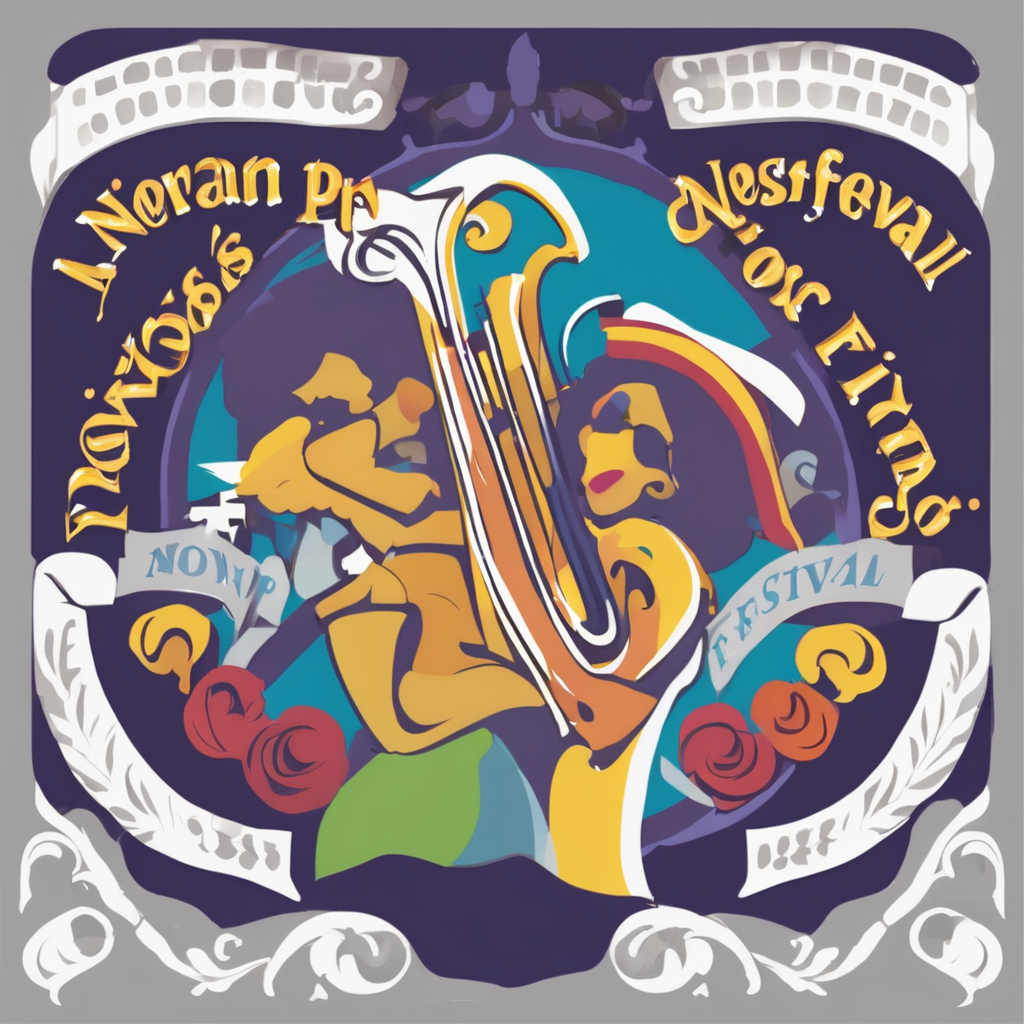Overview of Traditional British Folk Dance
Traditional British folk dance holds a unique place in the hearts of countryside villages, echoing tales of historical origins that weave through community gatherings. Cultural significance is interwoven in each step, celebrating local heritage and cementing bonds among generations. These dances are more than artistic expressions; they are vibrant threads in the social fabric.
Historically, British folk dances can be traced back centuries, each reflecting the customs and life of the time. Their origins are as diverse as the communities from which they sprang, ranging from jubilant rural celebrations to solemn seasonal events. Dances like the Morris or Sword Dances showcase distinct patterns and gestures, forming a tapestry of England’s history.
In the same genre : Indulge in luxury: enchanting villas south of France
Within village settings, the community culture thrives on this shared legacy, embodying a collective spirit that carries timeless traditions. This significance extends to the influence on modern dance styles, where echoes of folk dances reverberate, inspiring contemporary choreography. These traditional forms persistently impact the arts, illustrating their enduring presence in both past and present narratives of dance.
Popular Types of British Folk Dances
Exploring the diverse array of British folk dances reveals rich cultural nuances and regional variations that delight communities and enthusiasts alike. Each dance style serves as a window into local traditions and histories.
Also to read : Discover the Journey of British Aviation: Immerse Yourself in Interactive Exhibits and Guided Tours
Morris Dancing
Morris Dancing is perhaps the most iconic British folk dance. Practised widely across England, it features rhythmic footwork and the lively jingle of bells. Dancers often carry handkerchiefs or sticks, adding visual flair. Costumes vary by region, but often include adorned hats and knee-length breeches. Historically, Morris Dancing has been performed to herald spring, showcasing its agricultural roots.
Ceilidh
A vibrant and social dance, Ceilidh is celebrated across Scotland and Ireland, marked by its energetic jigs and reels. It is usually accompanied by traditional instruments such as fiddles and accordions. While there are various Ceilidh forms, they all emphasize communal participation, making them a cherished feature at social gatherings and weddings.
Sword Dances
In contrast, Sword Dances offer a more solemn reflection of ceremonial traditions. Predominantly found in the North of England and Scotland, these dances involve intricate weaving steps around swords laid on the ground or held aloft. Historical costumes include plaid attire, reflecting the dance’s martial associations and ancient traditions.
Notable Folk Dance Events in Countryside Villages
The UK hosts a myriad of annual folk dance festivals that breathe life into its picturesque villages. These vibrant gatherings showcase the heart of traditional British folk dance, offering both locals and visitors the chance to experience its cultural wealth.
Attending village festivals such as the Sidmouth Folk Festival or Eisteddfod Genedlaethol provides an opportunity to witness performances deeply tied to local traditions. These events are often set amidst charming landscapes, almost as if the dances intertwine with the countryside itself, offering a truly immersive experience.
Participation opportunities abound. From full involvement as a dancer to simply being a part of the audience, individuals can dive into the festivities. Many festivals include workshops where enthusiasts can learn the basics of various folk dances or observe seasoned performers perfecting their craft, connecting participants directly to the cultural pulse of the communities.
Such events not only celebrate historical roots but also invigorate the continuation of these cherished traditions, ensuring that the cadence of traditional British folk dance remains a vivid part of local identity for future generations.
Resources for Exploring Folk Dance
Diving into the world of traditional British folk dance can be both exciting and rewarding. Numerous resources are available for enthusiasts wishing to learn more or actively participate.
Online Resources
The internet offers a wealth of information for those keen to explore traditional British folk dance. Websites like the English Folk Dance and Song Society provide detailed guides on dance styles and their historical context. They offer instructional videos and articles, making them accessible to both beginners and seasoned dancers. Social media communities also serve as vibrant hubs for sharing experiences and events.
Local Dance Groups
Connecting with local dance groups can be a fantastic way to engage with folk dance on a personal level. Many villages and towns in the UK have dedicated groups that meet regularly to practice and perform. Joining these groups allows for hands-on learning and community involvement, fostering new friendships through shared interests.
Learning Opportunities
For those eager to refine their skills, numerous workshops and classes cater to all abilities. These learning opportunities often occur in relaxed, social environments, emphasizing enjoyment and cultural appreciation. Whether through festivals or dedicated classes, there are endless avenues to immerse oneself in the folk dance tradition.
Personal Experiences with Folk Dance
Personal stories about engaging with traditional British folk dance highlight its profound impact on individual and community identity. One dancer recounts how participating in Morris Dancing transformed their understanding of cultural heritage, turning what was once a mere curiosity into a passionate pursuit. The rhythmic footwork and cascading jingle of bells offered a tactile connection to ancestral roots, ultimately crafting a sense of belonging.
Spectators often share anecdotes about the exhilaration of village festivals, where folk dances act as a bridge between the past and present. The joyful atmosphere is infectious, sparking curiosity even in those unfamiliar with the repertoire. Many recall the spontaneous community involvement, from children mesmerized by sword dances to adults swaying to Ceilidh tunes. Such experiences reveal how these gatherings forge powerful community bonds.
The dances themselves are more than just steps; they are vibrant expressions of local spirit. As participants, many feel a deeper appreciation for their culture, relishing the joyous nature of folk events. This participation often affirms personal identity, shaping a narrative that bridges individual experiences with shared cultural legacies.


